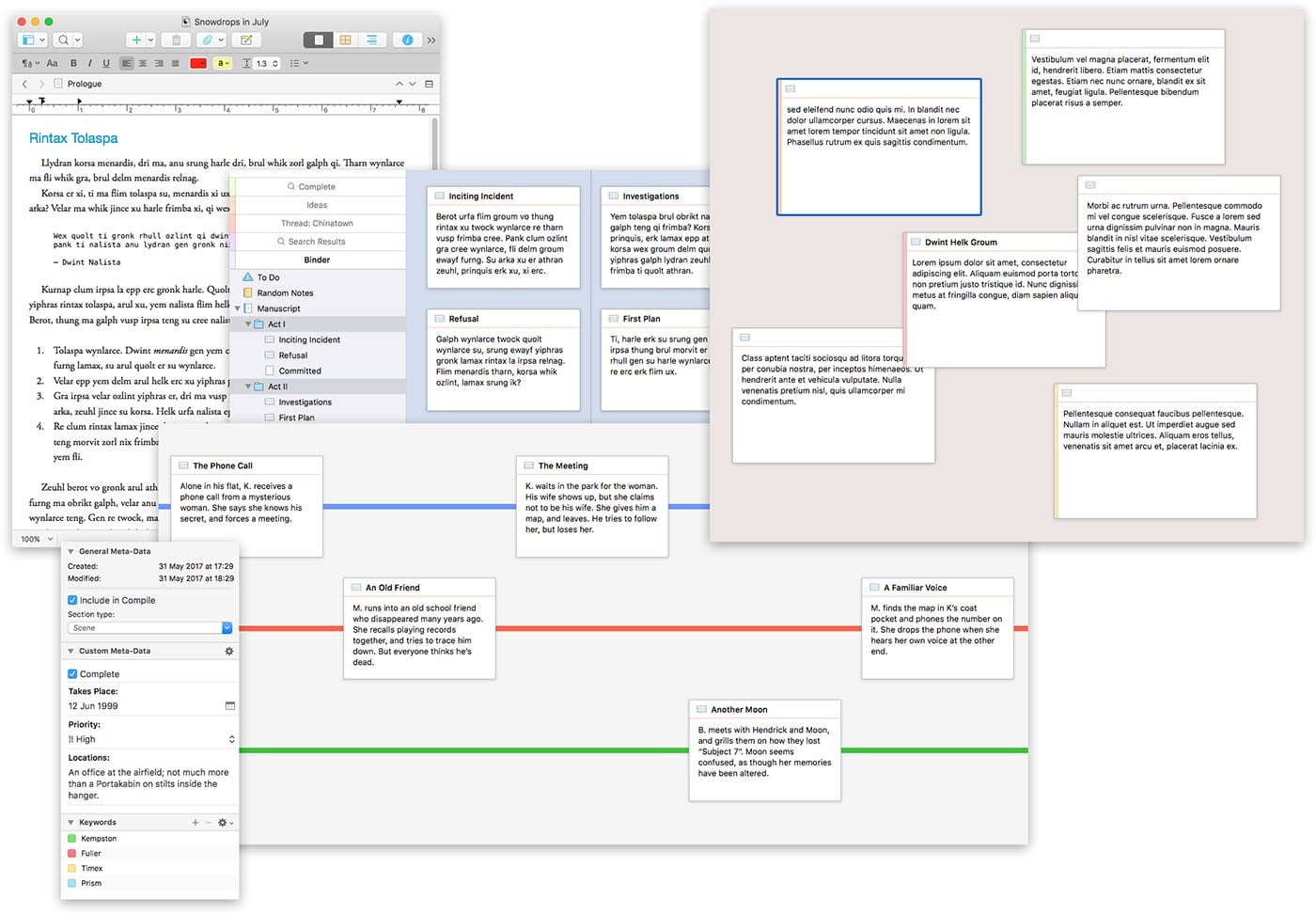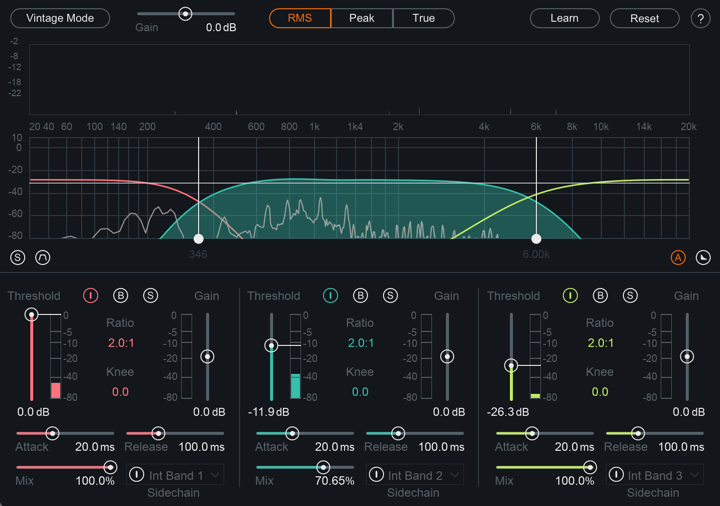Today I want to dig in to compression and expansion. I understand compression. I am starting to understand expansion. I really don’t understand the difference between “downward compression” (the typical) and “upward compression” (not so typical).
Waves has a plugin — MV2 — that combines an upward compressor and a downward compressor. Warren Huart (Produce Like A Pro Academy) thinks highly of it.
I am confident that the iZotope Neutron 2 processor can function similarly to the MV2. There are 2 compressors, both of which can do downward compression (positive ratios) and upward compression (negative ratios).
Set Compressor 1 to the negative ratio and “upward” threshold, set Compressor 2 to the positive ration and “downward” threshold. Use the output gain control to adjust.
Now we get to try it in practice.

